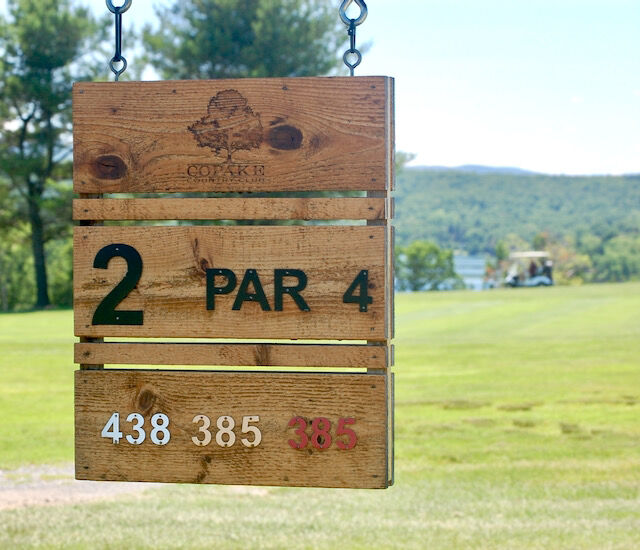If you are in your retirement years and have lost some distance on your tee shot drives, you may be closer to the dream of shooting your age, thanks to a recent initiative of the American Society of Golf Course Architects (ASGCA). And if you never hit the ball more than 200 yards off the tee, or if you are a beginning golfer, you too will benefit from the push for more tee boxes.
Named the Longleaf Tee Initiative for the golf community in the Pinehurst area where a more creative and logical array of tee boxes started, the ASGCA says its aim is to “increase course playability and golfer enjoyment for players of all ages and skillset.” When the Longleaf club was remodeled by architect Bill Bergin, he and the club’s officials decided on a total of seven tee boxes that cover the variety of tee shot distances for virtually all types of players. The goal of the Longleaf Initiative is to make the game more enjoyable for those whose individual games are not suited to most courses’ tee box arrays. “It’s about playing from a distance that gives players a chance to have par on virtually every hole,” Dan Van Horn, U.S. Kids Golf Foundation founder.
The way most golf course layouts are set up makes it virtually impossible for those who drive a ball 180 yards or shorter to have a chance at par on some of the par 4 holes. At the two courses I played last week, Keney Park in Hartford, CT, and Copake Country Club in Craryville, NY, I played layouts at 5,629 yards and 5,532 yards, respectively. Those total distances would have been embarrassing for me a decade ago, but my current age of 75 has softened my muscles and reduced my drives from the low 200s to an average of 180 yards today. At Keney’s rather short total yardage, I still need a fairway wood or, at best, long hybrid on the 380-yard par 4 9th hole, and on the 380-yard 15th hole, with a steeply elevated green that commands for me a 5- or 3-wood approach shot in order to avoid a tricky third shot from the bottom of the three-story-high hill. I have come to the 15th tee a few times in the last year with a mathematical chance to shoot my age – only to meet my Waterloo at the bottom of the hill or well over the green.
Copake, even hillier than Keney, has just one par 4 over 355 yards, the 2nd hole at 385 that requires a 3 wood for me to reach in two (blind tee shot, tightly protected green with two bunkers covering all but a sliver of the approach to the green). A total of five par 4s are under 300 yards, which makes par very much within reach – if you can master the slopes on the very tricky, medium-fast greens. Copake, though, adds some balance with one par 3 at 228 yards (at the front tees for the men), and 216 for women. A drive with wind  behind me and hard fairway in front of the green gives me a long shot on making the green in regulation. (In a total of a dozen rounds at Copake over more than 10 years, I have hit the green just once.) At 100 yards shorter than Keney Park, Copake’s layout is the tougher course because of its many elevated greens and left to right sloping fairways. The rough is a little longer too.
behind me and hard fairway in front of the green gives me a long shot on making the green in regulation. (In a total of a dozen rounds at Copake over more than 10 years, I have hit the green just once.) At 100 yards shorter than Keney Park, Copake’s layout is the tougher course because of its many elevated greens and left to right sloping fairways. The rough is a little longer too.
If you have ever had a hole-in-one -- or hope to have one (that’s all of us) -- you know that no golf professional on earth will ever do better than you did. We love the game in part because we know that one swing on a par three or one good second swing on a par 4 could put us on the same level as a professional. That is a good feeling, one to savor when you tee it up on the first hole of any round.
On any given Sunday, the pros hit anything from 7 irons to wedge shots after good drives on virtually all the par 4s they play (their 7 iron 200+, mine 125, if I hit it flush). Is it too much to ask that the rest of us have a similar opportunity after a well-struck drive?



